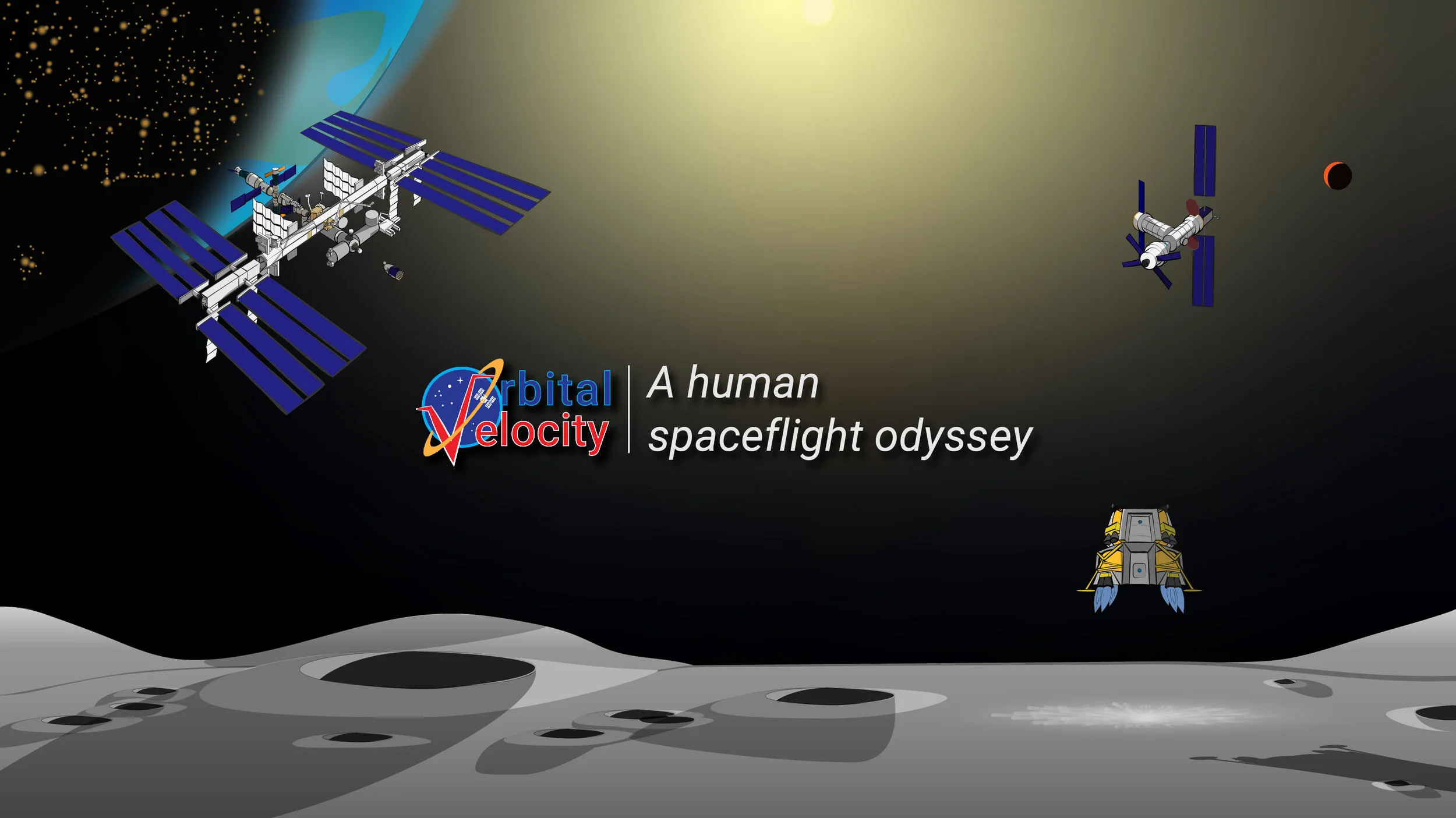Thanks for making 2019 the best year yet for Orbital Velocity
/With 2019 coming to a close, I want to thank everybody who read, liked, commented and shared Orbital Velocity content. It sincerely means a lot to me and I hope to continue bringing you the best content I can about human spaceflight throughout 2020 and beyond!
Orbital Velocity as a concept has existed since 2014 when it started as a blog assignment for a class I took at Washburn University while earning my mass media degree. After that class ended, I continued writing and grew the blog into something more like a “living time capsule” for International Space Station activities.
However, a number of other life priorities spread my time thin and I didn’t put as much into the website as I wanted. Between graduating from college and managing content at SpaceFlight Insider, Orbital Velocity had to become a second priority.
A new focus
The second half of 2019, however, allowed me to really focus on Orbital Velocity and I’ve seen the most growth and engagement since its inception. With NASA once again focusing on the Moon with the Artemis program and the Commercial Crew Program finally sending spacecraft to the International Space Station, human spaceflight is once again making its way to the forefront of everyday life.
While I still have a “day job,” I left SpaceFlight Insider in summer 2019 — in part to focus more on Orbital Velocity. SpaceFlight Insider allowed me to hone a lot of my skills in editing, writing and video creation. Additionally, it allowed me to see an inside view of the space industry. I will be forever grateful for all the opportunities that company has provided me and I wish it continued success throughout the years.
Since summer 2019, I was not only more active on Orbital Velocity’s social media accounts, I also launched a monthly newsletter called “The Space Capsule,” which provides updates on ISS activities and the progress of NASA’s Artemis program. See the end of this article for a link to subscribe.
It’s important to note, however, Orbital Velocity is not meant to be a traditional news site. The mission of Orbital Velocity is to offer casual observers and devoted space enthusiasts alike the best media chronicling humanity’s journey toward becoming a multiplanetary species by providing informative, digestible and accurate content. That means while there will be some time-sensitive, news-like content — such as infographics or mission animations, etc — there will be a priority on quality over quantity.
Seeing 2020 and beyond
For 2020, I plan to continue the monthly newsletter as well as start a weekly podcast called “The Karman Line Cafe.” Additionally, I want to continue publishing articles several times a week, and create more quality video content on YouTube.
In fact, YouTube is going to be my biggest priority in 2020. I have a number of topics for videos I want to create in addition to casual update vlogs. My ultimate goal for the next year is to get monetized on YouTube so I can begin to do this full time, bringing even more content to you all.
In order to do that, I”ll need 1,000 subscribers and 4,000 public watch hours in a 12-month period. There is a long way to go, but I know that by producing regular, quality content for you all, the channel will get there sooner, rather than later.
To help with that, please consider sharing Orbital Velocity content on YouTube, like (or dislike) the videos and leave a comment — even if it’s a simple “great video.” Heck, even if you think the video is terrible, leave that comment, too. I’m not above criticism and I want to make the channel something people want to watch.
While I started Orbital Velocity for me back in 2014, I am ultimately creating content for you today. Send me suggestions and feedback and I’ll be sure to create the best content I can about what looks to be an historic decade for human spaceflight.
Thanks again, and I’ll see you in 2020!
— Derek Richardson: creator, editor-in-chief
Be sure to subscribe to "The Space Capsule” newsletter and Orbital Velocity’s YouTube channel.
Additionally, follow us on Facebook and Twitter!




